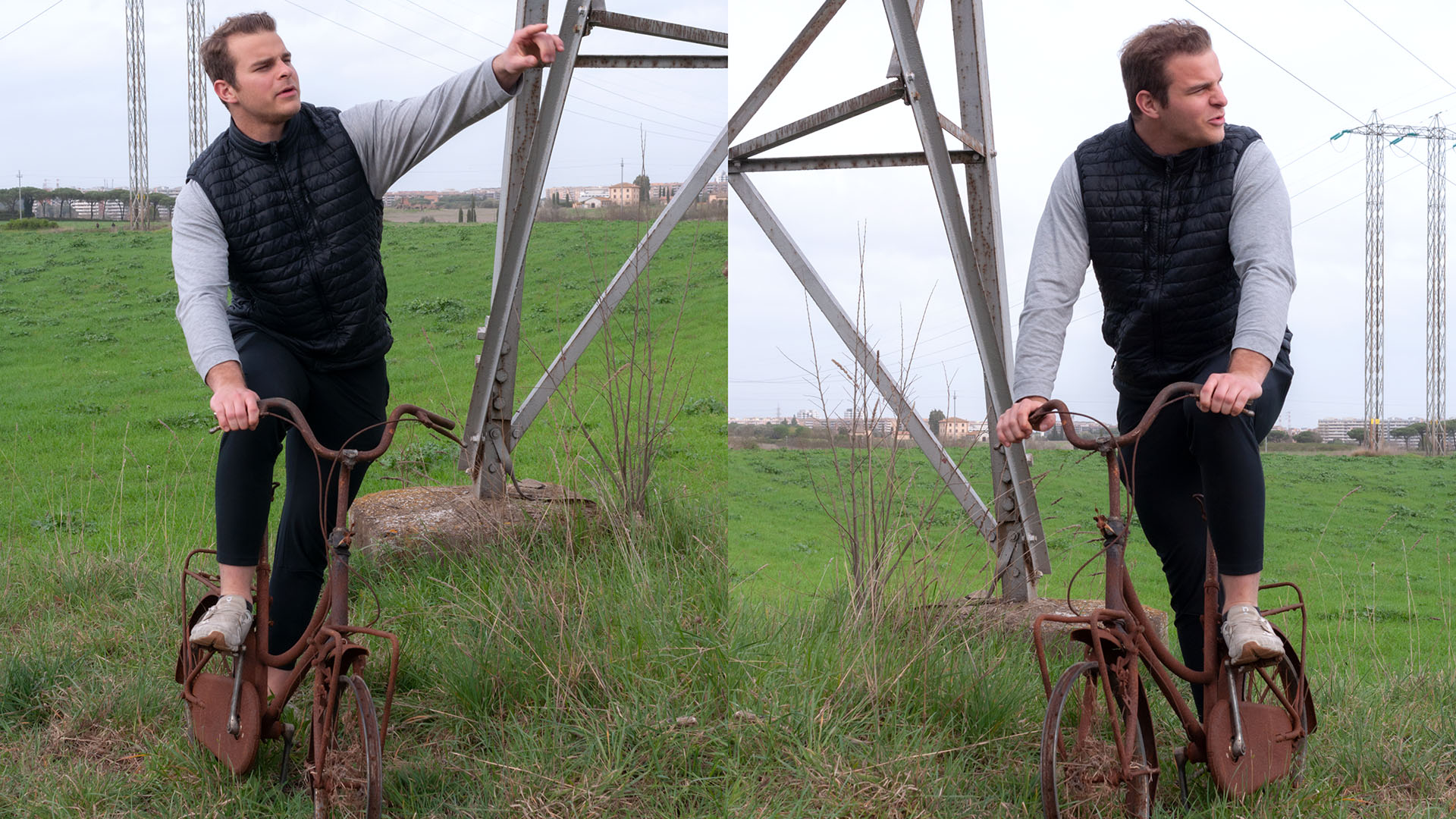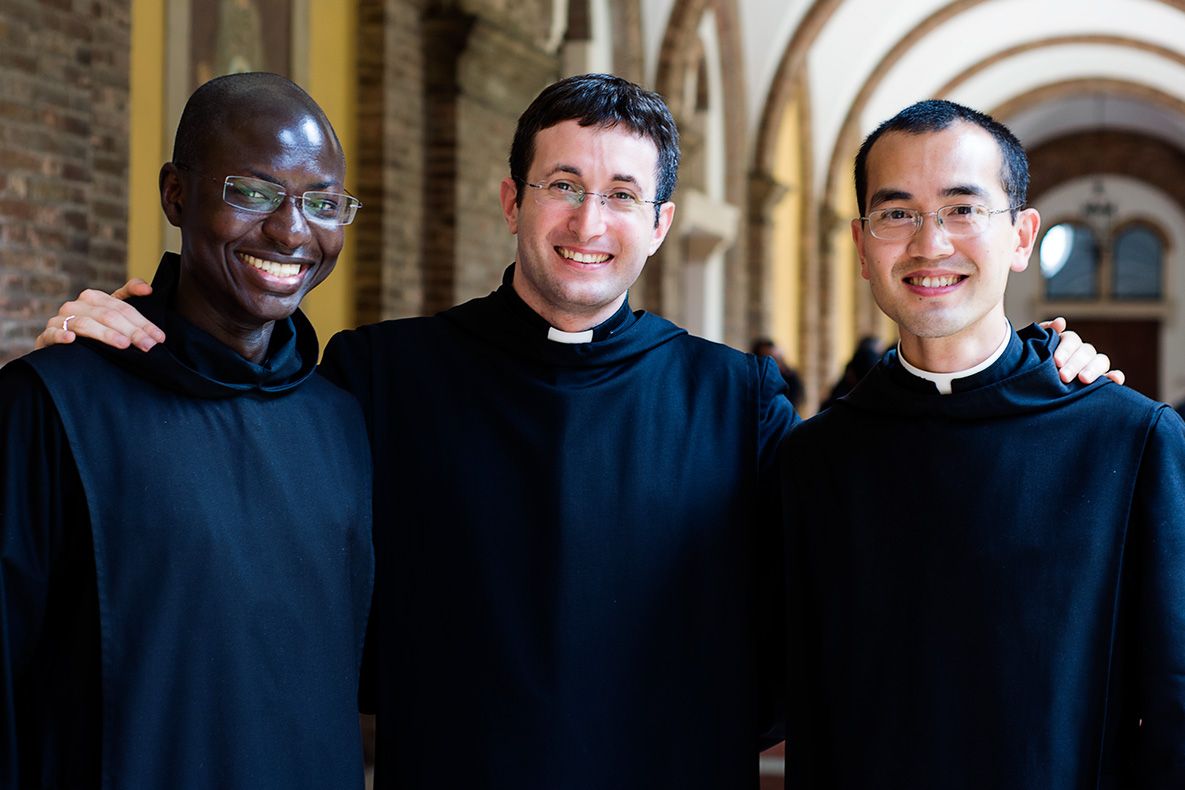I Want to Ride My Bicycle
— Tyler Johnson
Living in the Eternal City surrounded by an eternity of gorgeous parks, museums, churches, shops, and architecture raises one important question: How do I see it all? The succinct and accurate answer is “you won’t”. But if you want to give it a good ol’ college try, I recommend the bicycle as the way.
The bicycle is the superior Roman mode of transportation for a few reasons. First and foremost, it allows you to travel around the city at a swift pace, without going so fast that you miss the architecture, graffiti, people, pets, flowers, and more. You can pull over and stop whenever you like. You control the pace. You’ve got the power. Cycling is also great exercise. It’s a lovely way to enjoy the peak springtime weather we’re experiencing now. It’s environmentally friendly. It’s accessible; you can bike on paths and through parks that are restricted for automobiles. And finally, it’s dependable; you don’t have to worry about “missing the bike” or “the bike running 10 minutes late” or “not having the right bike ticket”.
This isn’t to say that biking through Rome doesn’t present some challenges because believe me, it does. Rome, as beautiful as it is, has some difficulty as a 21st-century city. The traffic is aggressive and plentiful. The roads are crumbling and riddled with potholes, and I’m not even talking about the cobblestone. I did a lot of biking when I was living in Minnesota, and that didn’t prepare me much for the streets of Rome. But with a bit of practice I’ve come to love it. All it takes is a bit of awareness: watch out for potholes, check over your left shoulder for speeding Vespas, shift gears before going up hills, and have confidence. Cyclists are part of traffic here, so don’t fear.
Now, maybe the most important question is, where to ride to? It’s a bit of an impossible question, but I’ll give it a shot.
When I’m riding more for cardio than for sightseeing, I like the Lungotevere path. This smooth path that follows the Tiber River is usually well-populated with walkers, runners, and cyclists. It’s close and it stretches for miles (or kilometers, whatever). It’s a safe and easy ride, just don’t get too caught up in your daydreams, you might wipe out like me. It was only once (here), no worries, I’m alive.
When looking for scenery, I like going near the Borghese Gardens, the Appian Way, or EUR. Near the Appian Way is the Park of the Aqueducts, which Jake wrote about in a previous article. Both the Appian Way and the Park of the Aqueducts are beautifully peaceful. I will warn, however, that the Appian Way is a tough path to bike. I crashed and tumbled just last week. The old Roman cobblestone is uneven, cracked, and jagged. But it’s totally worth it.
EUR is a business district built to serve Mussolini’s vision of a “third Rome”. Being quiet, clean, and modern, it is a sharp contrast to the rest of Rome. A few weeks ago, Jake and I biked through the town, and it was lovely. There is a lake surrounded by gorgeous parks and waterfalls. In the lake on that particular day, there was a tournament of a sport that I can best describe as a water polo and kayaking hybrid. It was intense. Four days later, I made an unexpected return to EUR when my bike tire popped while on a path headed towards the south G.R.A. I was about a kilometer away from the town center, so I walked my bike there without much of an idea of what to do. I did a quick search for bike repair shops, found one, but it was closed for the afternoon. I went for a little walk around the lake to do some brainstorming and noticed a metro station, which was the answer I needed. So, I bought a ticket, hopped on, hopped off, and walked by bike up the Aventine back home to Sant’Anselmo. The tire repair was a problem for another day.
Just yesterday, the day I started writing this article, I had another biking mishap. My chain snapped while shifting gears up a hill. I once again had to use my problem-solving skills to find a solution. This time it was to walk the bike to Manzo Cicli, a local bike shop, and ask for a new chain to be installed. Thankfully, the man who helped me was kind, available, and skilled; I was out of there in fifteen minutes or so. It was a positive experience; I had an authentic interaction speaking Italian and the bike rides much smoother now with the new chain.
Despite some troubles and unplanned adventures, biking around Rome has certainly been a major highlight of my experience here so far. People are surprised when I say that I almost never use the bus or metro to get around Rome, but why sit on a bus when you have a bike?


